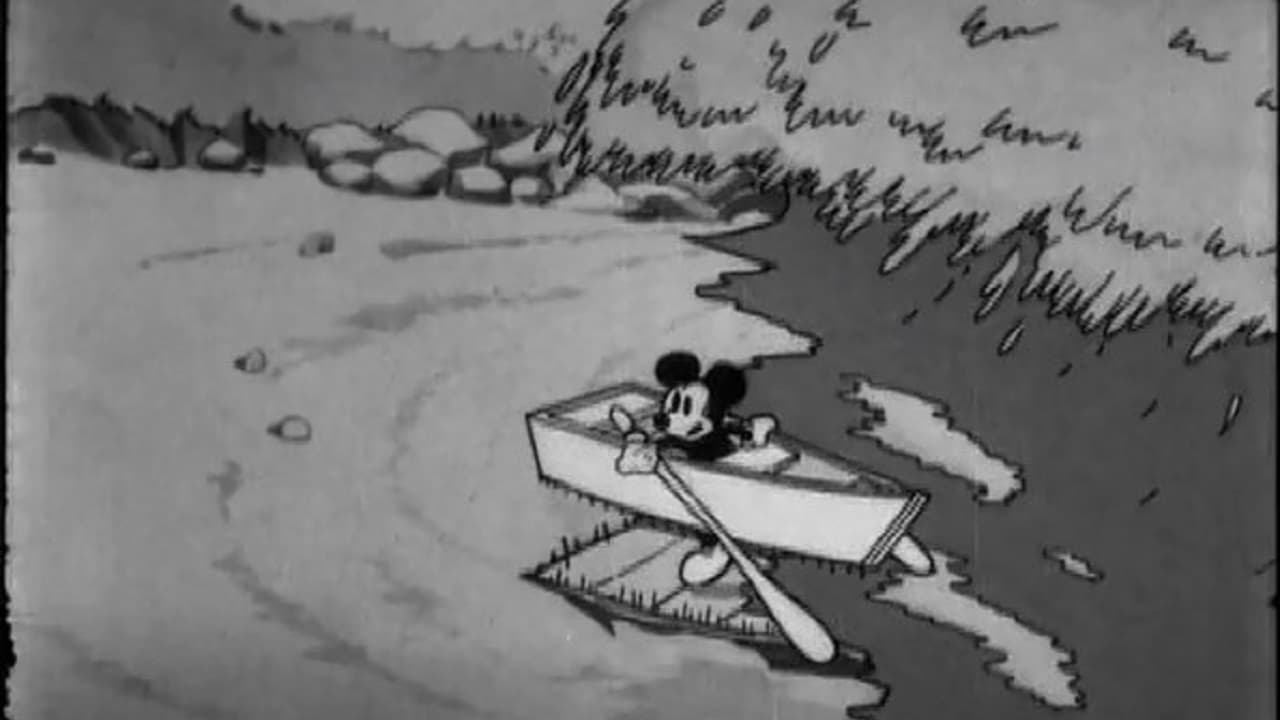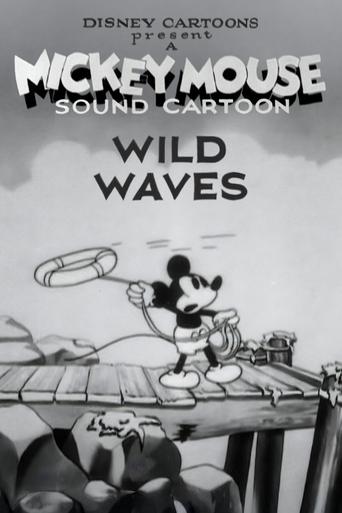

Fantastic!
... View MoreI am only giving this movie a 1 for the great cast, though I can't imagine what any of them were thinking. This movie was horrible
... View MoreThis story has more twists and turns than a second-rate soap opera.
... View MoreIt's the kind of movie you'll want to see a second time with someone who hasn't seen it yet, to remember what it was like to watch it for the first time.
... View MoreWe begin with Mickey being introduced as a lifeguard. He performs as seals and other sea creatures applaud. Enter Minnie. She is grabbed by the ocean's undertow and begins to flounder. Mickey risks his skin to save her. After she recovers she begins to cry. Mickey decides that music is the cure for her blues. Many of these early Disney films involved Mickey banging on various parts of animals. There is also a solo by a walrus that is quite entertaining.
... View MoreI have been watching my Mickey Mouse DVDs we got for Christmas and noticed that most of the cartoons before this one in the Disney Treasures DVD (Mickey in Black & White volume 2) consisted of lots of song and dance numbers with little plot. However, this one appeared quite different--with Mickey and Minnie enjoying a day at the beach. Minnie is soon pulled out to sea and Mickey becomes the hero. HOWEVER, after about 4 minutes, the cartoon abruptly turned to what seemed like filler--lots of the same old song and dance as in the other cartoons of the era. Still, it is quite charming and worth seeing--at least for the first portion. Not a great cartoon, but compared to what else was being made at the time, quite good.
... View MoreThis early Mickey Mouse cartoon is aptly titled. It's set at the seashore, and in shot after shot the wild surf crashes against the rocks, ebbs, rolls back, then hits the shore again with redoubled force. The waves are beautiful but dangerous, as we find in due course when they overpower our star performers and fling them every which way. The ocean itself has personality in this short, and that's impressive for a cartoon of this vintage. You've got to give the Disney animators credit for not playing it safe; recreating the violent motion of the sea was challenging in the era of black & white cel animation, but nevertheless they chose to give the customers their money's worth with a show of difficult water effects. They make it look easy, and still manage to maintain a light and amusing tone.The credit for the generally high quality of the early Mickeys belongs primarily to one man, legendary animator Ub Iwerks, who drew most of the studio's initial talkie output practically solo. The opening title card for these seminal works reads "A Walt Disney Comic by Ub Iwerks," a singular credit Disney would never grant any other employee. Iwerks was a key figure in putting the Disney Studio on the map and making the mouse world famous, but he chafed under Walt's dominance and left the studio not long after Wild Waves was released in the summer of 1929.But that's real world stuff. Back in Cartoon Land, this particular entry begins with a terrific shot of Lifeguard Mickey sitting atop his tall chair, strumming his guitar and singing for an audience of two seals, a pelican, and other assorted water fowl. The waves crash as Mickey's listeners all sway to the music in perfect synchronized style, while even his chair bobs to the rhythm on alarmingly rubbery legs. Minnie is introduced in the mildly risqué fashion still permissible at this time, with the kind of gag that would soon become verboten: she's changing into her bathing suit in one of those old-fashioned "bathing machines" that looks like an outhouse on wheels. We hear her singing but she's not visible. Then, on a clothesline leading out the window, we watch as her slip, her bra, and her panties appear on the line, one by one, to flap in the breeze. Minnie appears in the doorway in her swimsuit with a "Ta-daaaa!" gesture, skips into the surf, and is promptly swallowed by a wave and carried screaming out to sea. Mickey, of course, tosses his guitar aside and comes to the rescue. He is hindered by more of those diabolical waves, but eventually manages to haul Minnie ashore. When she begins to weep he attempts to amuse her by dancing a hornpipe, and this sets off a general beach musicale, complete with dancing penguins, barking seals, a harp solo played on a fish-net, and a walrus who sings in a basso voice.Wild Waves is a sweet little cartoon that doesn't appear on anyone's list of Disney "classics." It's just another routine Mickey Mouse short, but in a sense that makes it all the more impressive. The Disney cartoons from this period are primitive compared to what would follow in the '30s, but they're highly entertaining, often surprising, and miles ahead of what anyone else was making at the time.
... View MoreA Walt Disney MICKEY MOUSE Cartoon.Lifeguard Mickey saves Minnie from the ocean's WILD WAVES. Such bravery surely deserves a musical celebration and a little romance.This enjoyable early black & white film has a plot propelled entirely by its lively soundtrack. Walt Disney supplies Mickey with his squeaky speaking voice.Walt Disney (1901-1966) was always intrigued by drawings. As a lad in Marceline, Missouri, he sketched farm animals on scraps of paper; later, as an ambulance driver in France during the First World War, he drew figures on the sides of his vehicle. Back in Kansas City, along with artist Ub Iwerks, Walt developed a primitive animation studio that provided animated commercials and tiny cartoons for the local movie theaters. Always the innovator, his ALICE IN CARTOONLAND series broke ground in placing a live figure in a cartoon universe. Business reversals sent Disney & Iwerks to Hollywood in 1923, where Walt's older brother Roy became his lifelong business manager & counselor. When a mildly successful series with Oswald The Lucky Rabbit was snatched away by the distributor, the character of Mickey Mouse sprung into Walt's imagination, ensuring Disney's immortality. The happy arrival of sound technology made Mickey's screen debut, STEAMBOAT WILLIE (1928), a tremendous audience success with its use of synchronized music. The SILLY SYMPHONIES soon appeared, and Walt's growing crew of marvelously talented animators were quickly conquering new territory with full color, illusions of depth and radical advancements in personality development, an arena in which Walt's genius was unbeatable. Mickey's feisty, naughty behavior had captured millions of fans, but he was soon to be joined by other animated companions: temperamental Donald Duck, intellectually-challenged Goofy and energetic Pluto. All this was in preparation for Walt's grandest dream - feature length animated films. Against a blizzard of doomsayers, Walt persevered and over the next decades delighted children of all ages with the adventures of Snow White, Pinocchio, Dumbo, Bambi & Peter Pan. Walt never forgot that his fortunes were all started by a mouse, or that simplicity of message and lots of hard work always pay off.
... View More